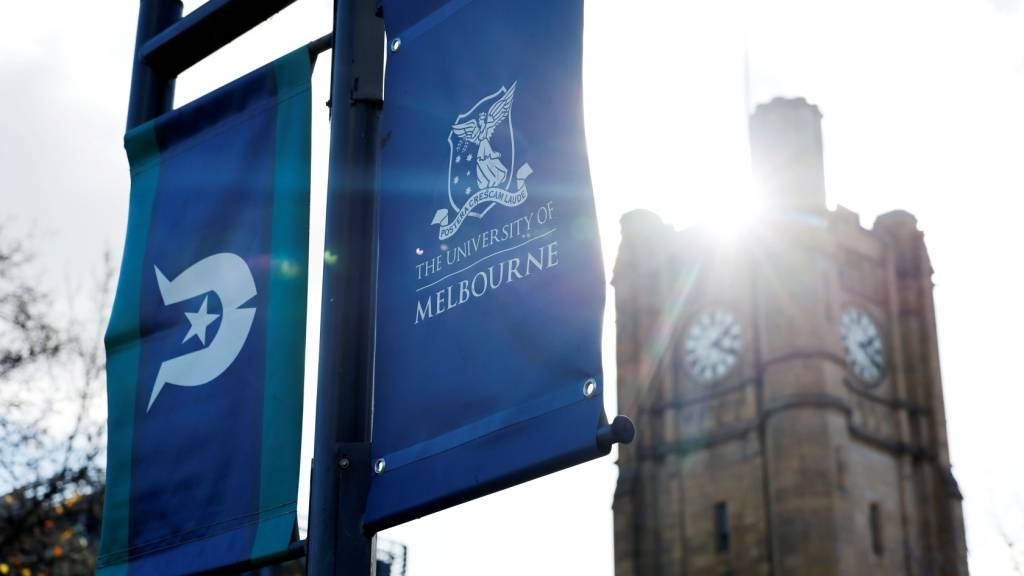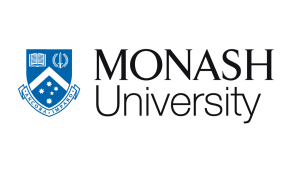The annual crowing about Australia’s “best” universities is underway with the release of the Times Higher Education (THE) rankings this week, one of three global ranking systems, but long regarded by many as the original and the best.
The media has bought it wholesale, with the AFR breathlessly stating that Melbourne University has “held its place” as the nation’s “finest”. It’s followed by the usual Group of Eight (Go8) suspects, with Sydney, Monash, ANU, UNSW and the University of Queensland also in the global top 100.
But what do these rankings actually tell us? They are firmly focused on research spending and output (rather than the quality or impact of that research) and are used by universities as a key tool to attract more international students.
Related Article Block Placeholder
Article ID: 1224055
It is a self-reinforcing circle, critics argue, and one of the underlying distortions in Australian higher education. It encourages research over teaching, often at a cost to students and staff. What we don’t know is whether the hefty pay packets of Australia’s vice chancellors are tied to ranking performance, because transparency and oversight are weak in the sector. Yet across many institutions, higher rankings and higher executive pay tend to move in parallel.
What is striking is that the THE rankings make little allowance for the opinions of key stakeholders: students and staff. In fact, the University of Melbourne ranked among the lowest in the national Student Experience Survey (SES).
Independent. Irreverent. In your inbox
Get the headlines they don’t want you to read. Sign up to Crikey’s free newsletters for fearless reporting, sharp analysis, and a touch of chaos
By continuing, you agree to our Terms & Conditions and Privacy Policy.
University insiders say the survey is closely watched. In recent years, most of the universities in the THE top 10 scored below the median in that survey. That means many “top-ranked” universities rank poorly for student satisfaction. Melbourne, Sydney, Monash, UNSW and others appear higher in rankings and lower in student satisfaction results. As one former chancellor told Crikey, reputational damage from the survey (and for other issues at top-ranked universities, like UTS‘ mass sackings and Western Sydney University’s cyber scandal) “plays no part in the rankings either — and they should”.
The vicious circle of foreign students
Australia’s universities have grown dramatically. The University of Melbourne now has more than 53,000 students across its campuses, with 45% being international students. The University of Sydney, likewise, enrols tens of thousands, and in 2024 reported that 51% of its onshore students were international — the first time domestic students were outnumbered. That number now sits at 47.5%.
By contrast, elite global institutions run at much smaller scales. At the top of the rankings, Oxford University supports a student body of 26,000, and other institutions in the global top 10 are similar to or smaller in size than Oxford, meaning they do not need to chase foreign student revenue as hard to prop up the edifices that have been created in Australia.
The international student cohort is central to the financial model for Australian unis. These students pay full fees and are marketed to aggressively; by drawing more overseas enrolments, universities can boost revenue and, by extension, their capacity to fund research and raise metrics that feed into rankings. It’s a vicious circle.
Related Article Block Placeholder
Article ID: 1221150
But with scale and revenue come risks. Critics say that addiction to rankings-driven logic often occurs at the expense of teaching quality, student support, staff working conditions and compliance systems. This has led to a major and growing scandal of industrial-scale wage theft in universities across Australia.
Wage theft blights sector with low accountability
Perhaps it’s no surprise that the University of Melbourne is the most prominent case of university wage theft in Australia. In December 2024, Melbourne agreed to repay $72 million to more than 25,000 current and former staff after a Fair Work Ombudsman investigation determined that, for over a decade, its pay systems had relied on flawed “benchmarks”, paying staff based on words-per-hour or “time-per-student” metrics rather than actual hours worked. The conduct was ruled “unlawful.”
Melbourne’s agreement included a mandate to overhaul payroll, rostering, timekeeping and compliance systems, conceding that it had underpaid 14 casual arts academics between 2017 and 2020 as part of the benchmark regime. The National Tertiary Education Union (NTEU) called this “the most comprehensive enforceable undertaking entered into by any university” and urged that the model be adopted sector-wide.
Elsewhere, the University of Sydney was compelled to repay $23 million to nearly 15,000 staff under a Fair Work order. In July, Monash was found guilty of further “massive” wage theft, with the amount still to be determined following a previous $7.6 million underpayment, pushing its total since 2016 to nearly $18 million. UNSW provisioned $70.8 million for past pay liabilities in its 2023 Annual Report.
Across the sector, these revelations have added up. The NTEU has estimated that total wages stolen at Australian universities are projected to exceed $400 million. There seems no end to these cases; only last month, the University of Wollongong was ordered to pay back $6 million in underpayments. According to NTEU national president Alison Barnes, “the wage theft epidemic has been the canary in the coal mine of the broader governance disaster we’re witnessing in our universities.”
Related Article Block Placeholder
Article ID: 1215950
In tandem, casualisation has become entrenched across Australian universities, with around 40% of academic staff now employed on fixed-term contracts and a further 20–25% on casual terms, according to federal data and recent research from the Melbourne Centre for the Study of Higher Education. At major institutions, the rates are even starker, with Melbourne University previously acknowledging that more than 70% of its workforce are on insecure contracts.
All the while, Australia’s university vice chancellors get paid bumper salaries — averaging more than $1 million a year — for getting the wages bill down, and seem to attract no penalties or clawback for wage theft or other scandals.
This convergence of scale, revenue dependence on overseas students and poor compliance infrastructure helps explain how top universities can win in global rankings yet simultaneously flunk in classroom experience and staff fairness. The rankings prestige race leads institutions to prioritise what gets measured in terms of research outputs, at the expense of what matters on the ground.
The challenge for Australia’s top universities — Melbourne, Sydney, Monash, UNSW and their peers — is to align perceived prestige with academic integrity. That should mean linking executive incentives not to ranking positions alone but to measures like learning outcomes, satisfaction scores, equitable pay, staff retention and audit transparency. It should also mean rethinking ranking metrics to give genuine weight to student experiences and teaching innovation, not just citations and grant income.
Do global rankings hide the truth of Australian universities?
We want to hear from you. Write to us at letters@crikey.com.au to be published in Crikey. Please include your full name. We reserve the right to edit for length and clarity.




